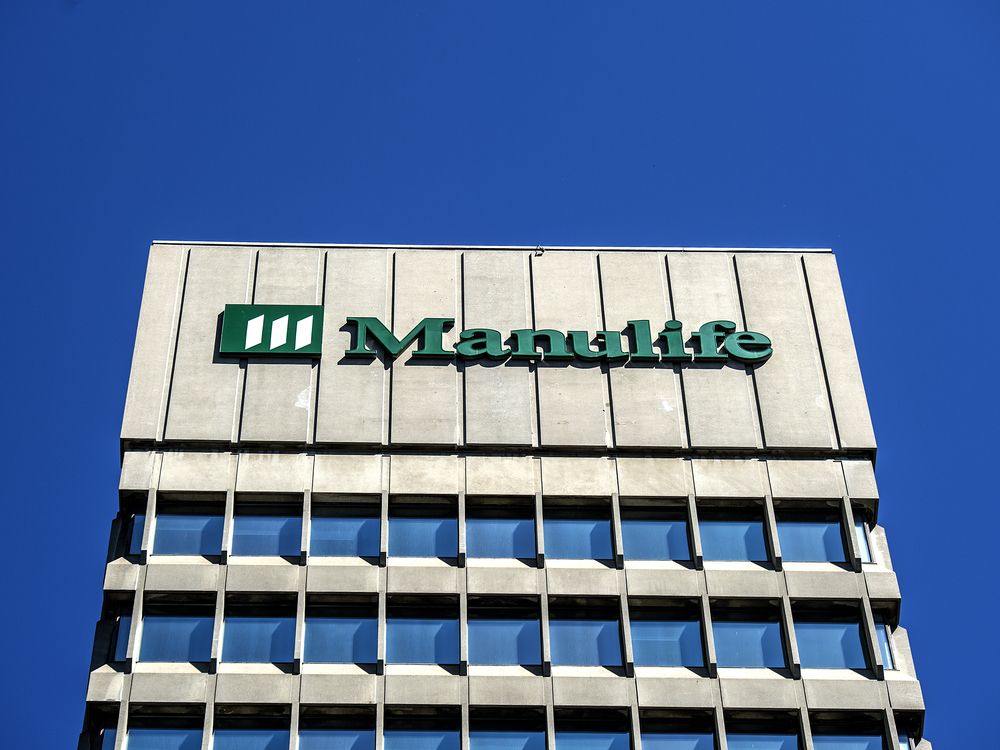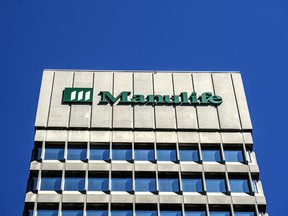Manulife results hit by COVID resurgence in Asia, but CEO sees tailwind from rising rates

Roy Gori says pandemic has spurred people to reassess their needs, beef up products from insurance to health benefits and retirement savings

Article content
While fast-rising interest rates are hurting borrowers, insurance companies are poised to reap the benefit of a trend that makes it easier to match investments to long-term liabilities and spurs the popularity of some financial products such as annuities.
Advertisement 2
Story continues below
Article content
“Interest rates generally are positive for the insurance industry and they’re certainly a positive for Manulife, and they manifest themselves in a variety of ways,” Roy Gori, chief executive of Toronto-based Manulife Financial Corp., said in an interview Wednesday.
“Higher rates make our products more attractive (and) they also drive higher margins. When you think about long liabilities, when you are able to reinvest your assets at higher rates, where you do have a significant fixed-income portfolio, that translates into improved profitability.”
The impact won’t be seen overnight, Gori said, but rather in the long-term value of the business.
He said the inflation that is causing central banks around the world to raise rates at a fairly rapid pace tends to drive up costs, but he expects that to be offset by past efforts to digitize Manulife’s insurance and wealth management processes. For example, 90 per cent of claims are now paid digitally, and auto-underwriting is being used for more than 70 per cent of new business.
Advertisement 3
Story continues below
Article content

“We’re also seeing scale benefits come through significantly as a global player. Our investments in technology are able to be deployed across multiple markets and that provides us with a significant advantage,” Gori said.
Another hedge against inflation is investments Manulife has made in real assets such as real estate, infrastructure and timber, which make up the bulk of the firm’s older portfolios.
“We feel that we’re well positioned for higher inflation,” Gori said, noting that inflation would increase the nominal return on such assets.
In the interview, which followed the reporting of Manulife’s first-quarter earnings Wednesday, Gori said he’s noticed that the global COVID-19 pandemic has spurred people to reassess their needs and beef up products from insurance to health benefits and retirement savings.
Advertisement 4
Story continues below
Article content
We feel that we’re well positioned for higher inflation
Roy Gori
“As markets start to open back and restrictions get lifted, we’re seeing that consumers are much, much more willing to have conversations and are keen to have conversations around COVID,” he said, noting that new business was up 33 per cent in Canada and 57 per cent in the United States in the first quarter.
“I think it’s across the board. It’s not just on the insurance side, it’s also on the wealth management side,” Gori said.
“People are looking at their retirement plans and asking themselves, how well protected are they for retirement. And you know, the reality is people are typically living longer and they’re not protected enough.”
Despite these conversations and some business gains, efforts to combat the spread of the virus continued to crimp activity in some markets during the latest quarter, which ended March 31.
Advertisement 5
Story continues below
Article content
-

Canadian lifecos end 2021 on a strong note but COVID-19 concerns loom
-

Manulife frees up $2 billion in capital with U.S. annuity deal
-

Manulife, Sun Life take opposing sides in inflation debate
-

The digital transformation of Manulife, a 134-year-old insurance company
“Obviously, we saw a really significant resurgence of COVID, particularly in Asia during the quarter, and global markets have been incredibly volatile,” Gori said.
Lockdowns across Asia led to a 19 per cent drop in insurance sales across the region, Gabriel Dechaine, a financial services analyst at National Bank Financial, told clients in a note Wednesday evening, adding that this was the primary reason Manulife missed consensus analyst expectations for core earnings per share.
Advertisement 6
Story continues below
Article content
That metric came in at $0.77, below the consensus estimate of $0.82. Canada represented the strongest performing segment during the quarter, with core earnings up 19 per cent year over year, said Scott Chan, an analyst at Canaccord Genuity, in a note.
“Global diversity has been a significant source of strength for us over over many, many years, and we saw that really come to the fore in the last couple of years for the pandemic,” Gori said.
“Despite those big headwinds (in Asia during the first quarter), we delivered really solid results, so for me that really underscores the value.”
Investors did not appear as optimistic, knocking more than $2 or around nine per cent off Manulife shares at mid-day Thursday on the Toronto Stock Exchange.
• Email: [email protected] | Twitter: BatPost
Advertisement
Story continues below










